The core purpose of any **League handicap calculation method** is to level the playing field, allowing players of varying skill levels to compete fairly; a system that achieves a balanced playing field ensures everyone has a reasonable chance of winning, fostering camaraderie and continued engagement. This article delves into the different approaches to handicap calculations, their advantages and disadvantages, and practical tips for implementing a successful handicap system in your league.
⚠️ Still Using Pen & Paper (or a Chalkboard)?! ⚠️
Step into the future! The Dart Counter App handles all the scoring, suggests checkouts, and tracks your stats automatically. It's easier than you think!
Try the Smart Dart Counter App FREE!Ready for an upgrade? Click above!
Understanding the Need for a League Handicap Calculation Method
In any league, whether it’s darts, bowling, golf, or even a friendly gaming competition, skill disparities are inevitable. Without some form of adjustment, the more experienced or naturally gifted players will consistently dominate, potentially discouraging less skilled participants. A **league handicap calculation method** addresses this issue by giving lower-skilled players a numerical advantage, effectively bridging the gap between them and their more skilled counterparts. This fosters a more competitive and enjoyable environment for everyone involved.
Consider a darts league. If only the most skilled players are winning every match, newer or less experienced players might lose interest. But, with how to make darts fairer with handicap rules, even those players have a chance to compete effectively, improving overall morale and league participation.
Common League Handicap Calculation Method Approaches
Several different methods can be used to calculate handicaps, each with its own strengths and weaknesses. The best approach depends on the specific nature of the league, the scoring system, and the desired level of complexity. Here are some of the most common:
- Average-Based Handicaps: This is one of the simplest and most widely used methods. It involves calculating each player’s average score over a set number of games or rounds. The handicap is then determined by subtracting this average from a target score (often called the “scratch” score or “par”). For example, in darts, the target score might be the perfect score of 501.
- Percentage-Based Handicaps: Similar to average-based handicaps, but instead of subtracting the average directly, a percentage of the difference between the average and the target score is used as the handicap. This can help to smooth out fluctuations and prevent handicaps from becoming too extreme.
- Performance-Based Handicaps: This method takes into account not just the average score, but also the consistency of performance. Players who consistently score close to their average will have a different handicap than players who have erratic scores. This system often uses standard deviation or similar statistical measures.
- Tiered or Class-Based Handicaps: Players are assigned to different tiers or classes based on their skill level. Each tier has a pre-defined handicap range. This method is less precise than individual handicap calculations but can be easier to administer, especially in large leagues.
- Dynamic Handicaps: Handicaps are adjusted after each game or round based on the player’s performance. If a player performs well above their handicap, their handicap is reduced; if they perform poorly, their handicap is increased. This keeps the handicap current and reflective of the player’s current skill level.
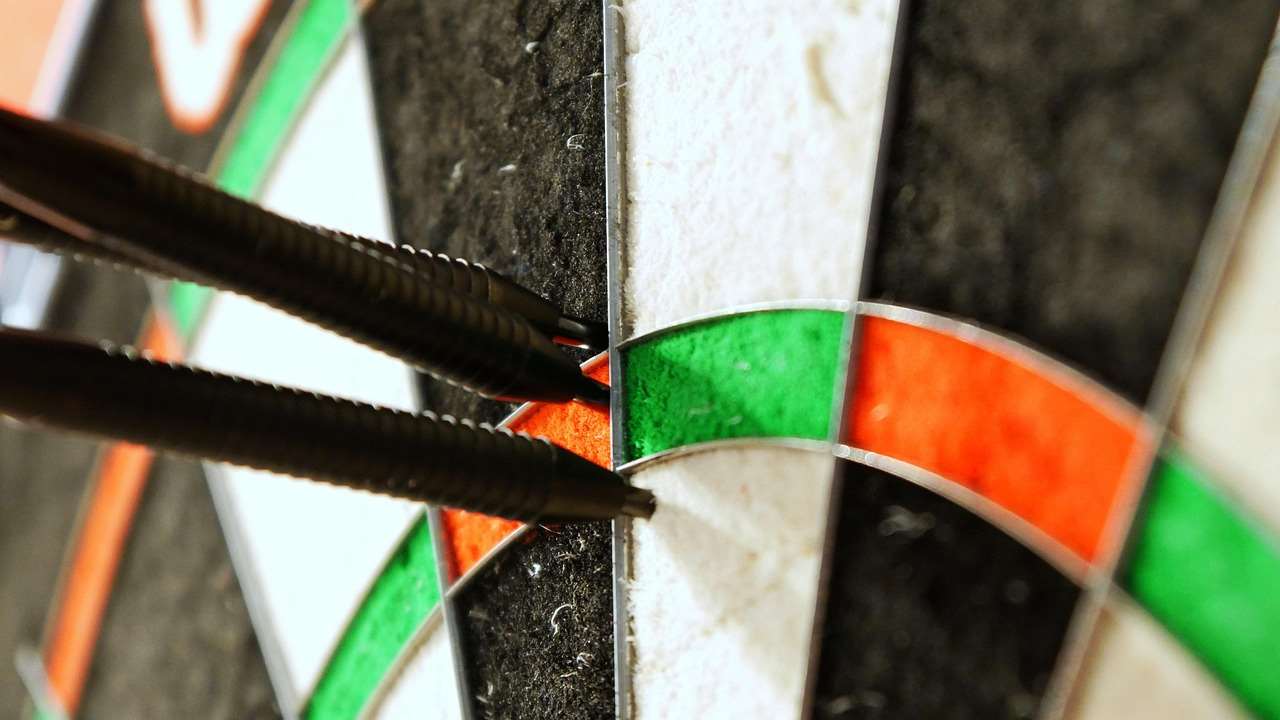
Average-Based Handicaps: A Closer Look
Let’s delve deeper into the **average-based league handicap calculation method**. This involves a straightforward formula:
Handicap = (Target Score - Player's Average) x Handicap Percentage
The “Target Score” represents the score a player would ideally achieve in a game. The “Player’s Average” is calculated based on a specific number of previous games (e.g., the last 10 games). The “Handicap Percentage” is a factor that determines how much of the difference between the target score and the average is used as the handicap. A common percentage is 80% or 90%.
Example: In a bowling league with a target score of 200, a player with an average of 150 and a handicap percentage of 90% would have a handicap of (200 – 150) * 0.90 = 45.
Advantages: Simple to calculate and understand, requires minimal data tracking. Easy to implement, even for leagues with limited resources.
Disadvantages: Doesn’t account for performance consistency or improvement over time. Can be easily manipulated if players intentionally underperform (“sandbagging”) to inflate their handicap.
Performance-Based Handicaps: Addressing Consistency
While average-based handicaps are convenient, they don’t consider how consistently a player performs. A player with a high average but wildly fluctuating scores might be unfairly advantaged or disadvantaged. Performance-based handicaps address this by incorporating a measure of consistency, such as the standard deviation, into the calculation.
The formula for a performance-based handicap can be more complex, often involving statistical software or spreadsheets. However, the basic principle is to reward players who consistently perform near their average and penalize those who are highly erratic.
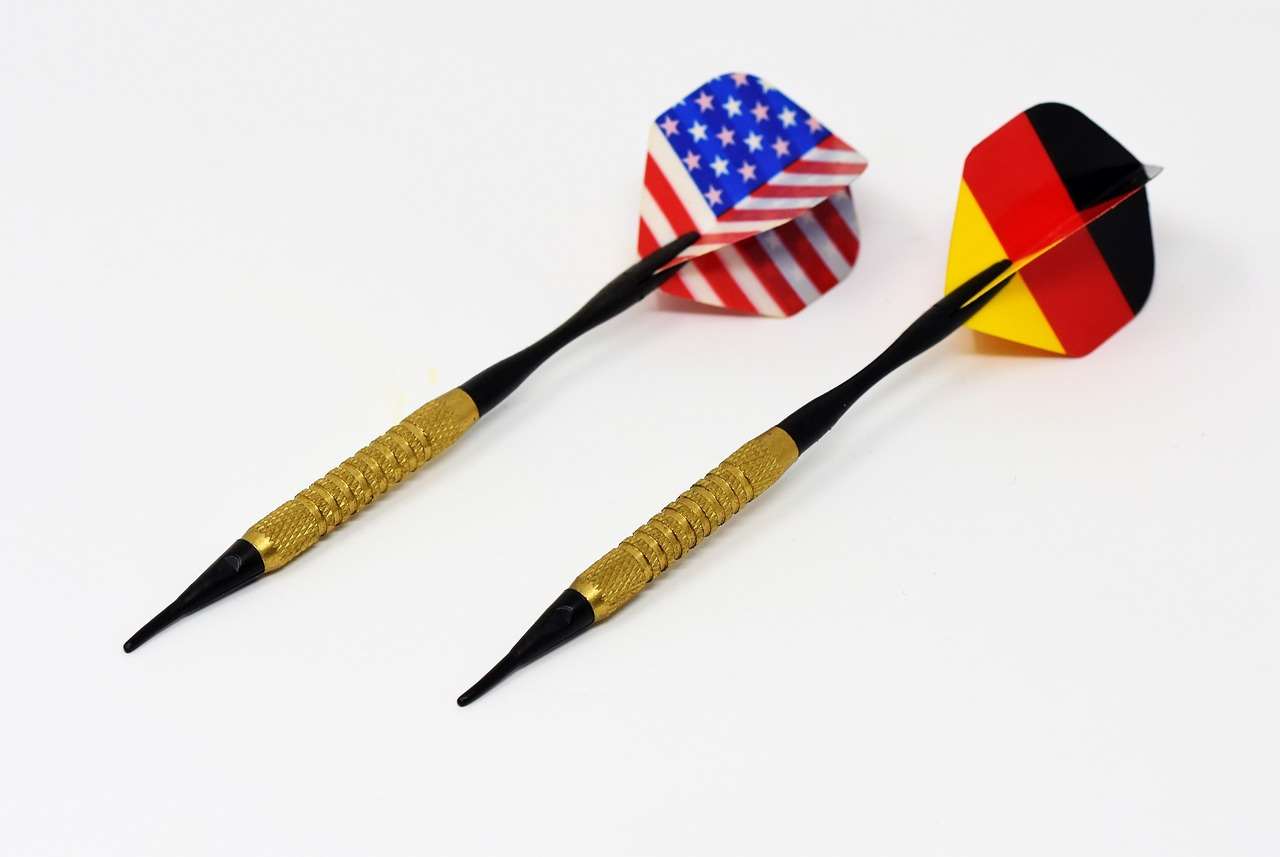
Advantages: More accurate representation of a player’s true skill level. Discourages sandbagging by penalizing inconsistent performance.
Disadvantages: More complex to calculate and requires more data tracking. Can be challenging to explain to players who are unfamiliar with statistical concepts.
Factors to Consider When Choosing a League Handicap Calculation Method
Selecting the right **league handicap calculation method** is crucial for ensuring fairness and engagement. Here are some key factors to consider:
- Complexity: Choose a method that is easy to understand and administer, especially if you are running a small league with limited resources.
- Data Availability: The chosen method should be compatible with the amount of data you are able to collect and track. More complex methods require more data.
- League Size: Simpler methods may be sufficient for small leagues, while larger leagues may benefit from more sophisticated approaches.
- Scoring System: The handicap method should be tailored to the specific scoring system used in the league.
- Player Skill Range: If there is a wide range of skill levels, a more sophisticated method may be needed to ensure fairness.
- Desired Level of Competition: Consider how much emphasis you want to place on fairness versus simplicity.
Consider also if you intend to adapt adapting darts rules for beginners alongside a handicap.
Tips for Implementing a Successful League Handicap System
Implementing a **league handicap calculation method** is more than just choosing a formula. Here are some tips for ensuring a successful implementation:
- Transparency: Clearly explain the handicap system to all players before the league begins. Make sure everyone understands how handicaps are calculated and how they affect the game.
- Regular Review: Periodically review the handicap system to ensure that it is still fair and effective. Be prepared to make adjustments if necessary.
- Data Integrity: Ensure that all data used for handicap calculations is accurate and reliable. Implement measures to prevent cheating or data manipulation.
- Communication: Maintain open communication with players about the handicap system. Address any concerns or questions promptly and fairly.
- Flexibility: Be willing to adapt the handicap system based on feedback from players and observations of how it is working in practice.
- Use Software Tools: Leverage software or spreadsheet programs to automate handicap calculations and track player performance. This saves time and reduces the risk of errors.
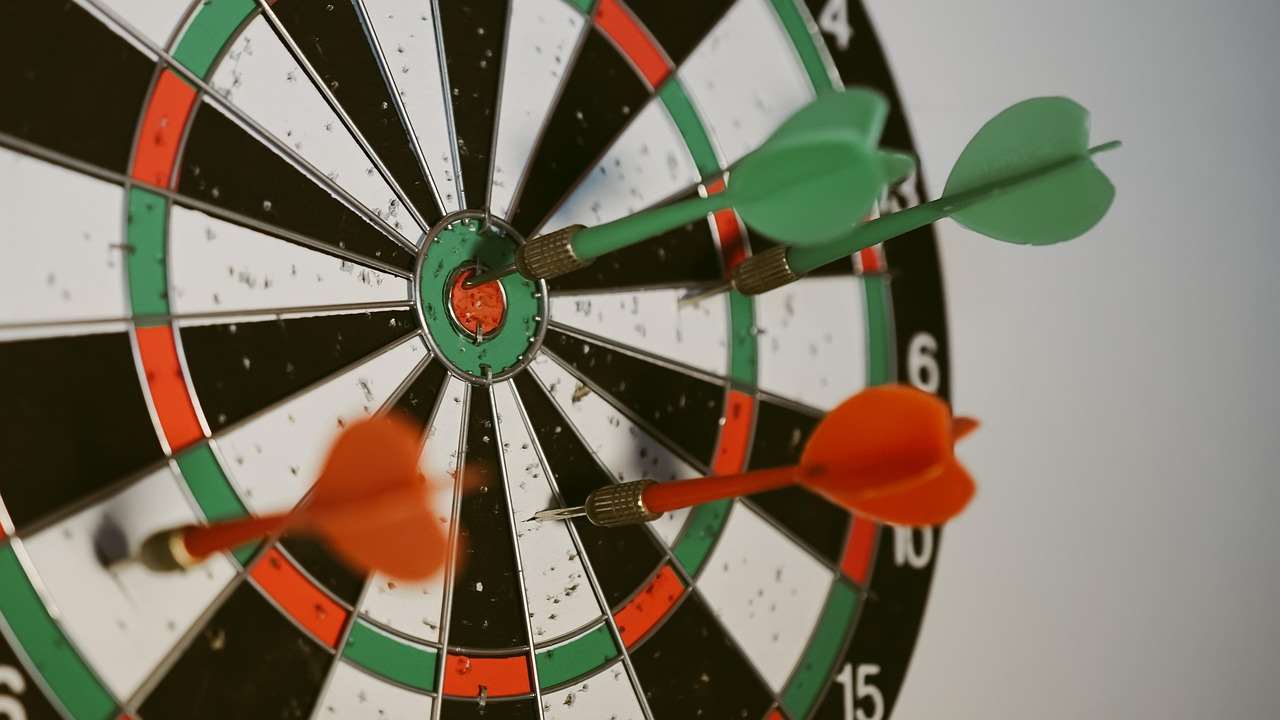
It is also worth considering if you will allow alternative darts rules for home play or not.
Preventing Handicap Manipulation (Sandbagging)
**Sandbagging**, intentionally underperforming to inflate one’s handicap, is a common concern in leagues that use handicap systems. It can undermine the fairness of the competition and discourage other players. Here are some strategies for preventing sandbagging:
- Performance-Based Handicaps: As mentioned earlier, performance-based handicaps penalize inconsistent performance, making it more difficult to sandbag successfully.
- Handicap Caps: Limit the maximum amount by which a handicap can change from week to week. This prevents players from artificially inflating their handicap in a short period of time.
- Minimum Score Requirements: Implement a minimum score requirement. If a player consistently scores below this minimum, their handicap may be reduced.
- Peer Review: Encourage players to report any suspected instances of sandbagging. Investigate these reports thoroughly and take appropriate action.
- Video Review: In some cases, video recordings of games can be used to identify instances of intentional underperformance.
- League Rules: Clearly define sandbagging as a violation of league rules and outline the penalties for such behavior. Penalties might include handicap adjustments, suspensions, or expulsion from the league.
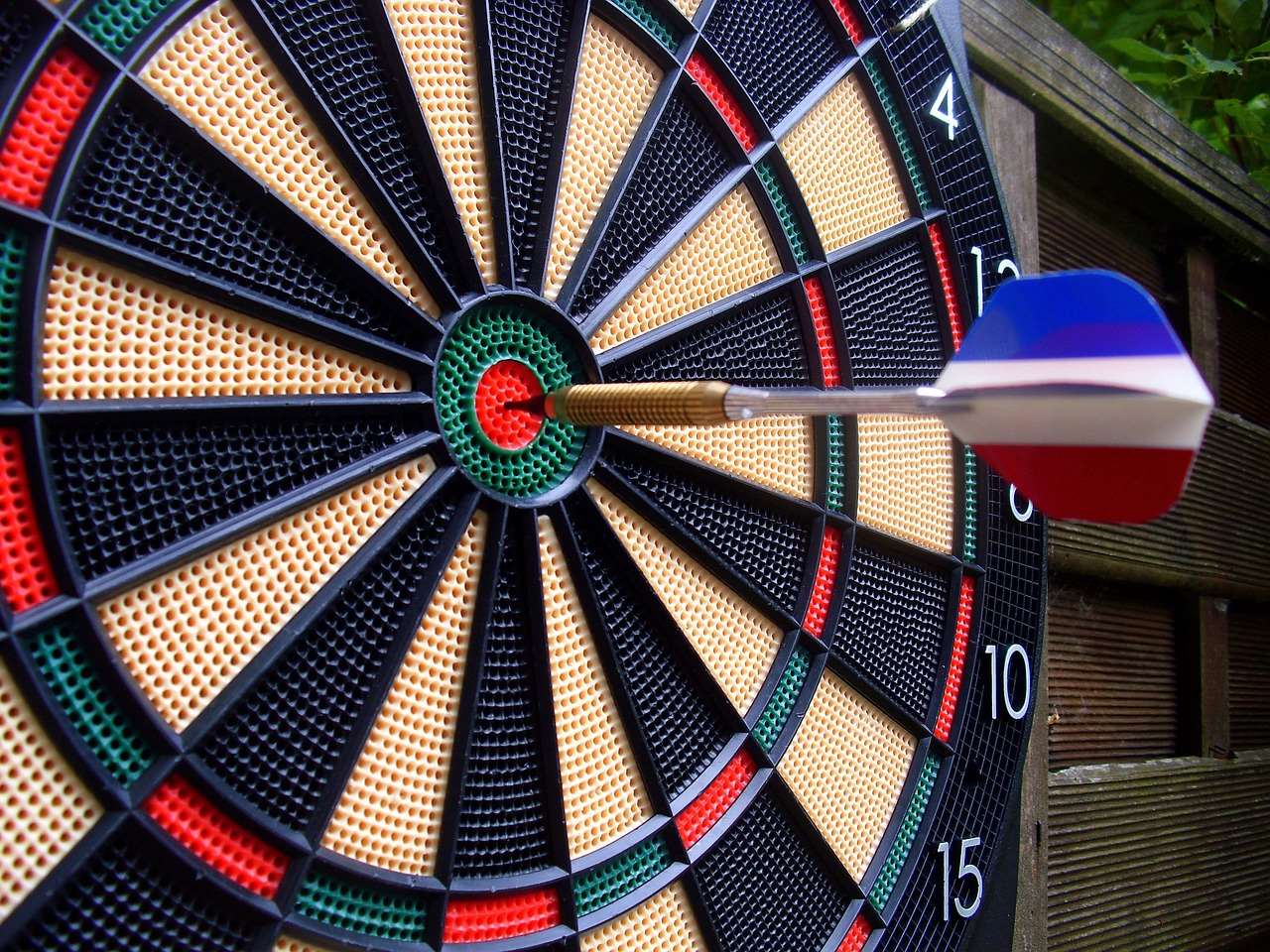
League Handicap Calculation Method: Examples Across Different Sports
The application of a **league handicap calculation method** extends far beyond darts. Here are examples of how it’s used in other sports:
- Golf: The USGA Handicap System is a well-established method for calculating handicaps based on a player’s best scores over a period of time. It considers the slope rating and course rating of different golf courses.
- Bowling: As previously discussed, bowling leagues often use average-based handicaps to level the playing field.
- Pool/Billiards: Various handicap systems exist, including spot handicaps (giving weaker players a certain number of balls as a head start) and point handicaps (adjusting the scoring).
- Chess: While less common in formal tournaments, handicaps can be used in casual chess games, such as giving the weaker player extra time or allowing them to remove a piece from the stronger player’s setup.
The Future of League Handicap Calculation Methods
As technology advances, **league handicap calculation method** are becoming increasingly sophisticated. We can expect to see greater use of data analytics and machine learning to develop more accurate and personalized handicaps. Mobile apps and online platforms will make it easier to track player performance and administer handicap systems. Furthermore, esports are increasingly incorporating handicap systems to allow players of varying skills to compete. The core principles of fairness and inclusivity will continue to drive innovation in this area.
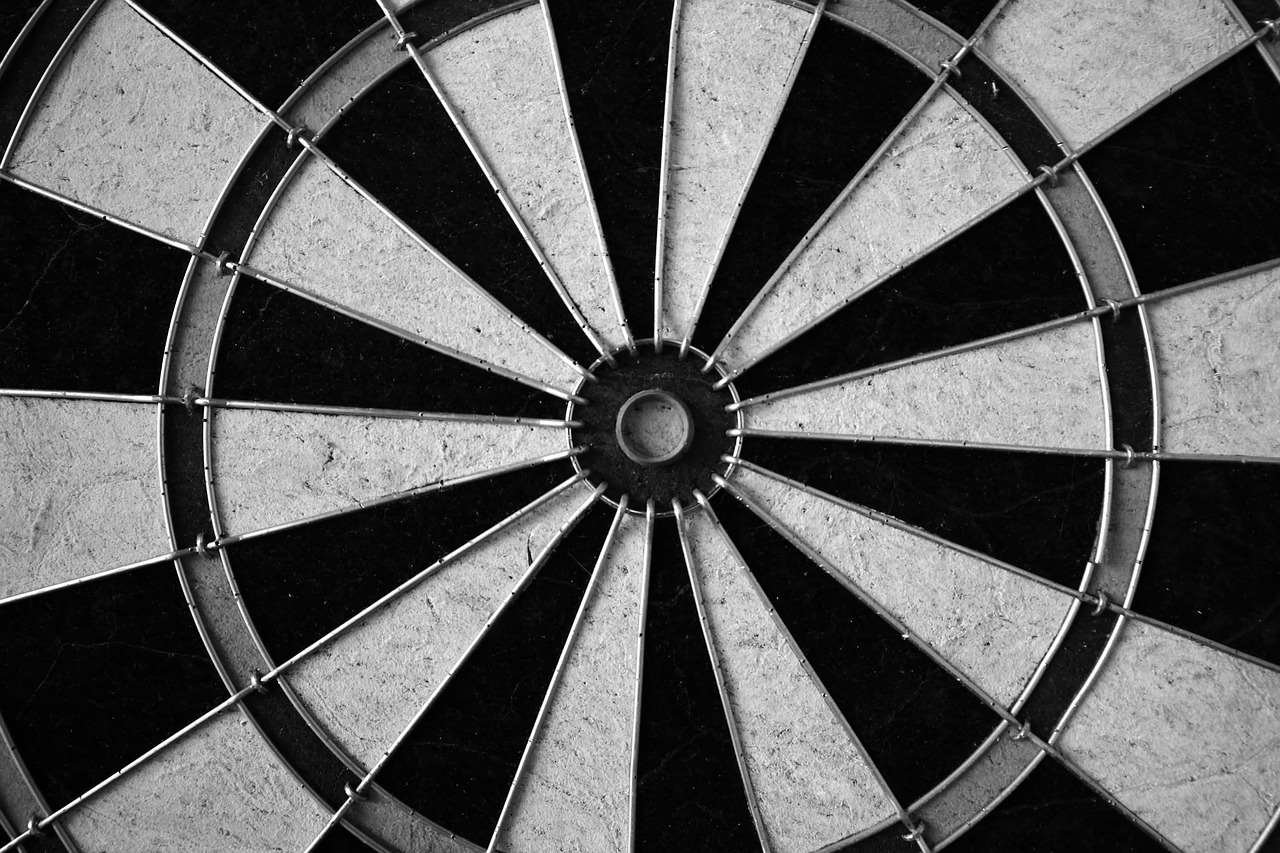
Conclusion
Implementing an effective **league handicap calculation method** is essential for creating a fair and engaging competitive environment. By carefully considering the factors discussed in this article and choosing a method that is appropriate for your specific league, you can ensure that all players have a chance to compete and enjoy the game. Remember to prioritize transparency, communication, and regular review to maintain the integrity of the system. If you want to explore **basic darts fundamentals for beginners** and perhaps teach others the game, click here to get started! Take the time to assess your league’s needs and implement a system that promotes both fairness and fun, fostering a thriving and inclusive community for all participants.
Hi, I’m Dieter, and I created Dartcounter (Dartcounterapp.com). My motivation wasn’t being a darts expert – quite the opposite! When I first started playing, I loved the game but found keeping accurate scores and tracking stats difficult and distracting.
I figured I couldn’t be the only one struggling with this. So, I decided to build a solution: an easy-to-use application that everyone, no matter their experience level, could use to manage scoring effortlessly.
My goal for Dartcounter was simple: let the app handle the numbers – the scoring, the averages, the stats, even checkout suggestions – so players could focus purely on their throw and enjoying the game. It began as a way to solve my own beginner’s problem, and I’m thrilled it has grown into a helpful tool for the wider darts community.